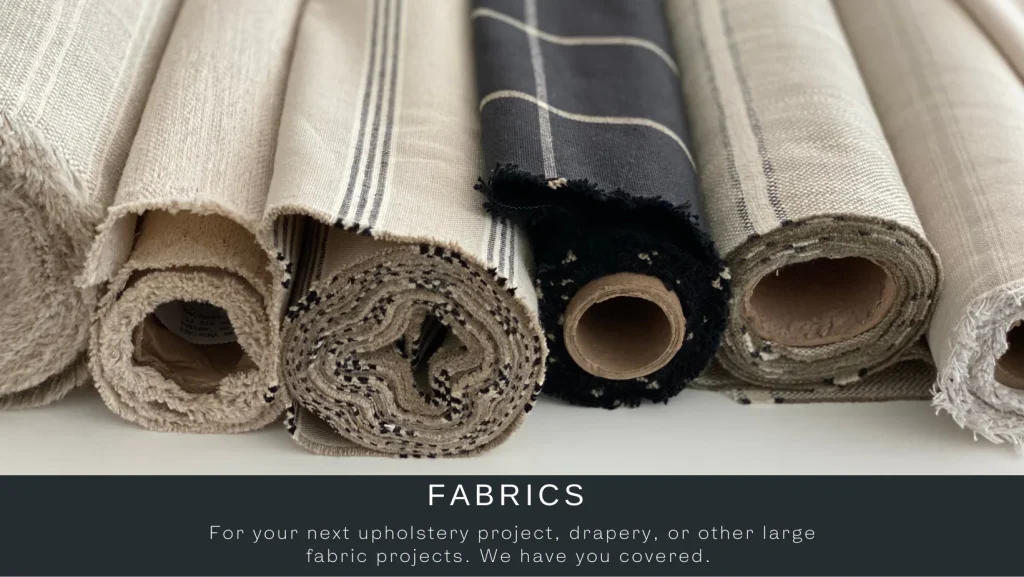Furniture textiles enjoy an essential role in the general aesthetics, ease, and longevity of furniture pieces. These fabrics come in a wide range of components, designs, shades, and styles, each providing special features and benefits. Certainly one of typically the most popular furniture fabrics is upholstery material, which can be specifically made for covering sofas, seats, and different sitting surfaces. Upholstery textiles may range from natural materials like cotton and linen to synthetic products such as cotton and microfiber, each giving various levels of softness, durability, and stain resistance.
Another common kind of furniture material is drapery fabric, that is useful for drapes, curtains, and screen treatments. Drapery materials come in various weights and designs, letting homeowners to attain various levels of light get a grip on, privacy, and insulation. From utter and light fabrics for a breezy, airy turn to heavy and opaque fabrics for optimum gentle obstruction and solitude, there is a drapery material to accommodate every style and functional need.
Along with upholstery and drapery textiles, there are also niche materials made for outside furniture, such as for instance patio seats and lounge sets. Outside furniture materials are typically produced from weather-resistant resources like acrylic, polyester, and plastic, which are UV-resistant, water-repellent, and mold-resistant. These textiles are manufactured to endure the weather and maintain their color and integrity even yet in severe outside situations, making them perfect for use in gardens, patios, and poolside areas.
Beyond useful concerns, furniture fabrics also enjoy a significant role in interior design, adding texture, color, and character to living spaces. From rich, luxurious velvet fabrics that exhibit elegance and opulence to fun, vivid styles that provide character and whimsy, furniture materials let homeowners to state their individual fashion and develop places that reveal their choices and preferences.
When choosing furniture fabrics, it’s essential to think about factors such as longevity, maintenance, and suitability for the intended use. For high-traffic parts like residing areas and household rooms, resilient, stain-resistant materials like microfiber and leather are often preferred due to their simple maintenance and longevity. In contrast, fine materials like silk and velvet may be better suited to formal residing areas or rooms where they’re less apt to be subjected to spills or large wear.
Proper care and maintenance are necessary for keeping the wonder and lifespan of furniture fabrics. Standard vacuuming, place cleaning, and qualified upholstery cleaning can help eliminate dust, dirt, and spots and prevent premature wear and tear. Moreover, it’s essential to check out manufacturer’s care directions and avoid applying harsh compounds or coarse cleaning agents that velours damage or discolor the fabric.
In conclusion, furniture materials perform an essential role in surrounding the design, experience, and performance of furniture parts and inside spaces. Whether it’s upholstery material for sofas and seats, drapery cloth for curtains and window solutions, or outdoor fabric for deck furniture, the right fabric can improve comfort, longevity, and fashion while highlighting the homeowner’s unique character and style preferences. With a wide range of resources, textures, and shades to select from, homeowners have endless opportunities for making lovely, functional, and attractive living areas that they’ll enjoy for years to come.

